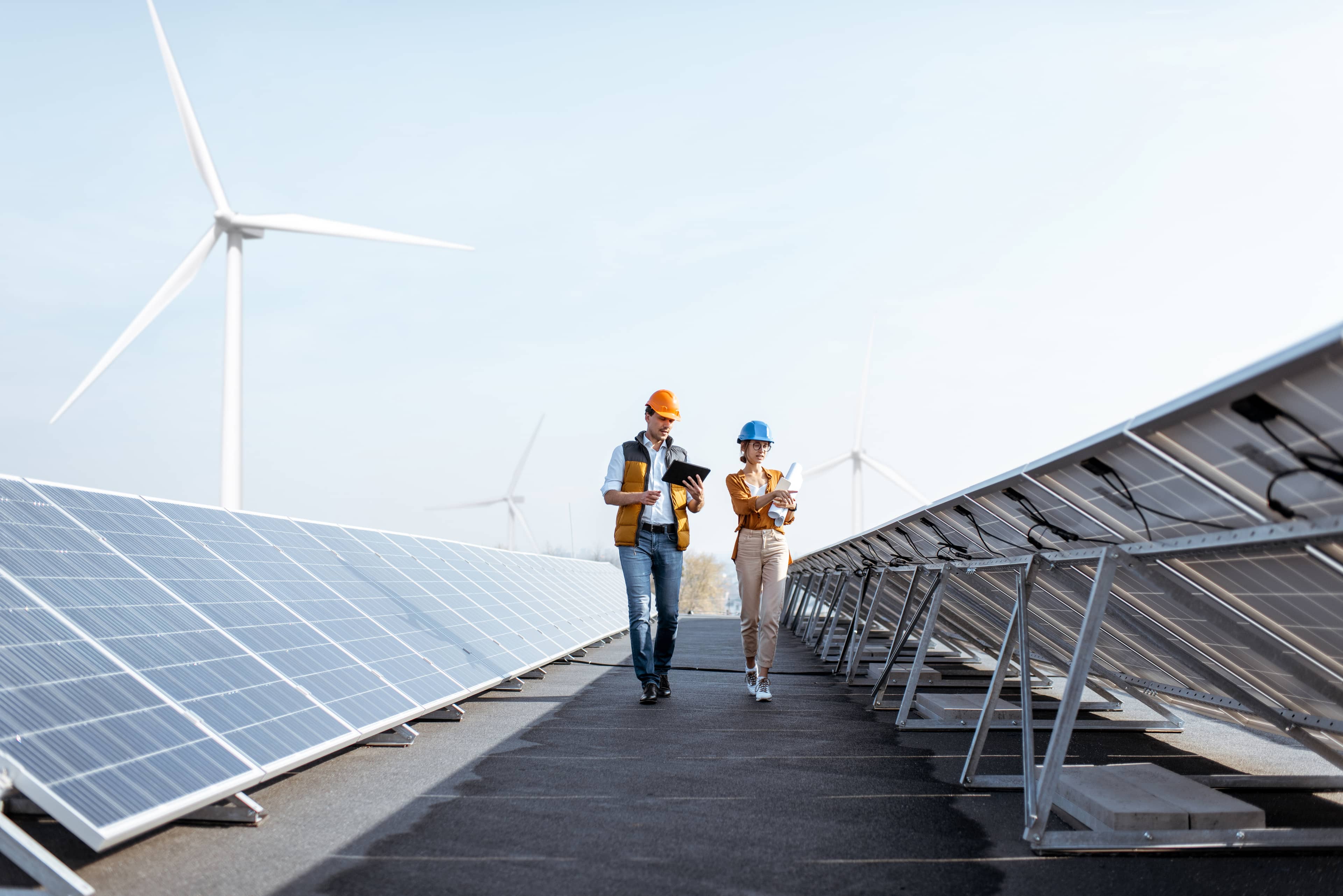
The Impact of the One Big Beautiful Bill Act on Green Energy
Sep 19, 2025
Copyright Clark, Schaefer, Hackett & Co. All content provided is for informational purposes only. Matters discussed are subject to change. For up-to-date information on this subject please contact a Clark, Schaefer, Hackett & Co. professional. Clark, Schaefer, Hackett & Co. will not be held responsible for any claim, loss, damage or inconvenience caused as a result of any information within these pages or any information accessed through this site.
You may also like



